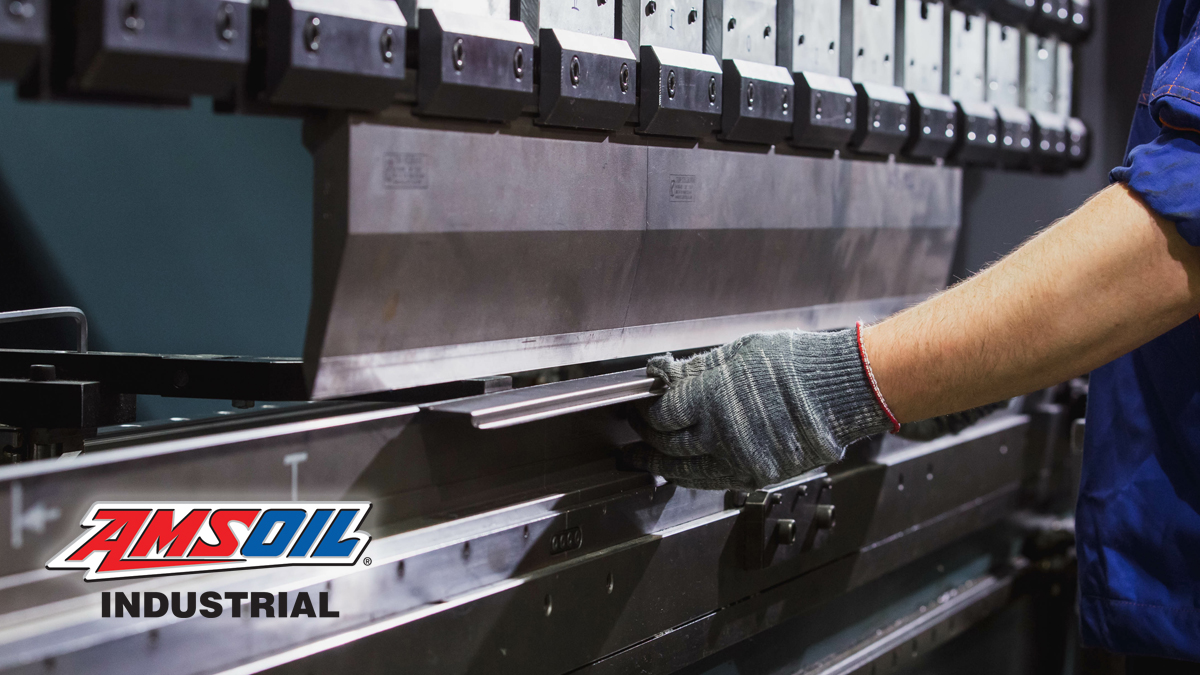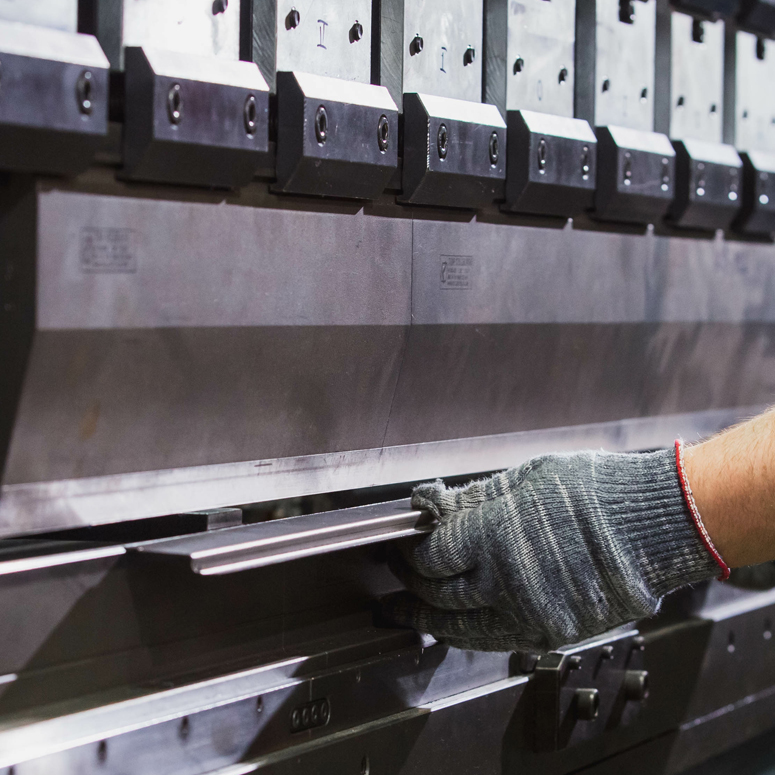Many operators wonder why they have hydraulic system failures. What they can’t see is what’s going on inside the system. In addition to lubrication, the oil is also responsible for suspending contaminants for removal during filtration and oil changeouts. Oil also breaks down faster under increased pressure, which can lead to accelerated wear that drastically reduces hydraulic component service life.
Hydraulic systems require a high level of oil cleanliness, so maintaining your oil is the best way to optimize your hydraulic system performance. Clean oil also helps minimize downtime and prolong the life of your hydraulic equipment, increasing productivity and profitability. It’s important to put clean oil in your hydraulic systems, and equally important to keep the oil clean while in use to reduce contaminants within the system.
Measuring Oil Cleanliness
Target oil cleanliness should reflect the most critical hydraulic system components and the pressure in your system. The ISO 4406 oil cleanliness code represents the number of different micron-sized contaminants in a 1-milliliter oil sample. Different filtration levels are required to achieve the recommended cleanliness for various hydraulic applications because target cleanliness requirements increase with system pressure and are component specific.
Explore our Lubrication Logic table on Hydraulic System Filtration to identify target cleanliness for your hydraulic system components.

For example, 20-micron filtration is required to achieve the recommended 20/18/15 target ISO cleanliness for low-pressure gear or vane pumps and motor actuators, and for check, directional or flow valves. However, systems with proportional or servo valves should target 3-micron filtration and 16/14/11 ISO cleanliness, even in low-pressure applications. That means the entire system needs to be operated at a high level of oil cleanliness to maintain peak efficiency and maximize component life.
Furthermore, as pressure increases above 3,000 psi, ISO cleanliness targets increase to as high as 15/13/10, requiring 3-micron filtration in most hydraulic applications. And at any pressure over 2,000 psi, a 20/18/15 cleanliness code would indicate the system is not maintained to the minimum standard, which could contribute to increased wear.
Increasing Oil Cleanliness
Using routine oil analysis to continuously monitor oil cleanliness will help you identify potential problems before they happen. Proper oil-handling practices help you avoid introducing contaminants during regular operation and maintenance. If contaminated oil is identified in your hydraulic system, it may be more efficient to flush the system thoroughly and install clean, filtered oil. By prioritizing proper hydraulic oil handling, filtration and monitoring, you can ensure peak hydraulic system performance and maximum service life of the oil and equipment.
Increase your hydraulic oil cleanliness by:
– Purchasing new oil with higher cleanliness levels.
– Implementing proper storage and handling procedures.
– Using high-quality filtration systems.
– Routine filter changes.
Hydraulic Oil Selection
Choosing a high-quality hydraulic oil starts with identifying the specific requirements of your hydraulic system. Always filter new oil to the correct ISO cleanliness code before installation to remove any contaminants introduced during manufacturing, packaging and distribution. Choosing an oil that is filtered at packaging can reduce the prefiltering time required prior to installation.
Getting Started
Identifying the right ISO cleanliness for your system is as easy as downloading our Hydraulic System Filtration document, which identifies the target cleanliness for each hydraulic system component based on system pressure.
AMSOIL Industrial HELIOS-VR and HELIOS-ZF are filtered at packaging to ISO 4405 cleanliness of 16/14/11, making them suitable for installation without prefiltration in most hydraulic applications. They also reduce prefiltration time in extreme-pressure applications that require the highest level of oil cleanliness. Consult an AMSOIL Industrial Application Engineer to identify the best solutions for your specific applications.


